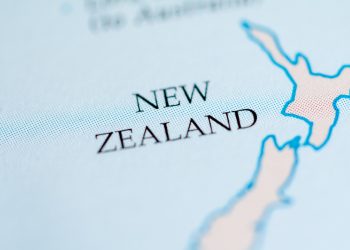New passenger ferry – AGA’s investment in LNG
 Viking Line Abp has signed an agreement with AGA Gas AB on supplying liquefied natural gas (LNG) for Viking Line’s new passenger ferry, whose environmental profile symbolizes a new era in the shipping industry.
Viking Line Abp has signed an agreement with AGA Gas AB on supplying liquefied natural gas (LNG) for Viking Line’s new passenger ferry, whose environmental profile symbolizes a new era in the shipping industry.
“Viking Line’s and AGA’s investment in LNG represents major environmental advantages compared to traditional maritime fuel,” says Mikael Backman, President and CEO of Viking Line.
Viking Line’s newbuilding “NB 1376”, recently named the M/S Viking Grace, will provide service on the Stockholm (Sweden) – Åland Islands (Finland) – Turku (Finland) route beginning in January 2013. The vessel, currently under construction at the STX Europe shipyard in Turku, will be Viking Line’s largest passenger ferry and will be powered by LNG. The liquefied gas will be stored in specially built tanks at the rear of the vessel and will have a temperature of about -150 degrees Celsius when it is bunkered and stored on board.
LNG contains neither sulphur nor heavy metals. By using this fuel a vessel reduces its carbon dioxide emissions by 20-30 per cent compared to oil. LNG meets the emission standards of the International Maritime Organization (IMO) directive, which states that the sulphur content of vessel fuel may not exceed 0.1 per cent by weight starting on January 1, 2015.
“Viking Line’s environmentally conscious investment is an important ‘flagship’ for the shipping industry and a cleaner Baltic Sea. Proximity to the LNG terminal, with flexible and reliable deliveries, as well as AGA’s knowledge of cryogenic, environmentally friendly fuel and bunkering technology makes AGA a natural partner in this pioneering project,” says Mikael Backman, President and CEO.
Facts about LNG:
- Natural gas is colourless, non-toxic and odourless. It is used as a town gas in Helsinki and Stockholm and as a vehicle fuel. About 35,000 vehicles on Swedish roads run on biogas and natural gas.
- In the petrochemical industry, natural gas is an important ingredient in the manufacture of juice bottles, toys, detergents, plastic floors, medicines etc. The food processing and steel industries also use natural gas.
- Today natural gas accounts for about 25 per cent of Europe’s energy supply. In its “Energy Roadmap 2050”, the European Commission singles out natural gas as vital to the energy transformation envisioned by 2050.
- The LNG tanks on Viking Line’s new vessel are located outdoors on the rear deck. If the gas comes into contact with air it rises, since it is lighter. It is thus ventilated away. In cooled form, the pressure in the tank and piping system is very low. The pipes are double-mantled. This means that no gas is emitted in case of any leakage. The vessel’s comprehensive gas detection system also shuts off the system if a leak should occur.
AGA will deliver the liquefied natural gas from its LNG terminal in Nynäshamn, which was inaugurated in 2011. The planning, pre-construction engineering and permitting process for bunkering (fuelling) of the vessel at Stadsgården in the port of Stockholm is under way.
Source: Viking Line





























































